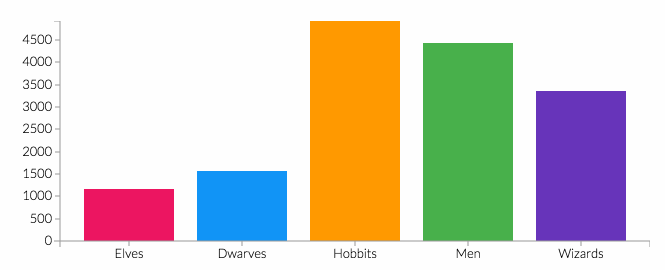SANAD AND MATAN CRITICISM IN THE FRAMEWORK OF HADITH STUDIES
DOI:
https://doi.org/10.33853/jiebar.v4i1.531Keywords:
Sanad criticism, matan criticism, hadith studiesAbstract
Sanad and matan criticism in the study of hadith science is a basic concept that needs to be understood and analyzed to strengthen belief in the quality and quantity of the hadith of the Prophet Muhammad. Sanad is a series of hadith narrators starting from friends who got it from Rasulullah to the last narrator. Meanwhile, matan is the content of the hadith itself. In particular, this research is expected to provide an understanding of sanad and matan criticism within the frame of hadith study, to determine the validity of hadith. Using a qualitative approach through library research, the author focuses on the object of the hadiths of the Prophet Muhammad. which have been collected in hadith books or books. The literature study in this research is based on various references, both in the form of books, journals, and articles that are relevant to the theme of the writing. The results of this study indicate that the criticism of sanad and matan within the framework of hadith science is a science that examines the origins of the hadith transmission, the entire narration in a hadith with the existing characteristics and forms, as well as the matan to determine the quality and quantity of hadith which in turn will determine whether a hadith can be accepted or rejected as evidence in Islamic law.References
Damanhuri, D. (2016). Reconstruction of Matan Hadith Understanding About Women Position in Household. Jurnal Ilmiah Peuradeun, 4(2), 239. https://doi.org/10.26811/peuradeun.v4i2.101
Fauziah, C. (2018). I‘TibÄr Sanad Dalam Hadis. Al-Bukhari : Jurnal Ilmu Hadis, 1(1), 123–142. https://doi.org/10.32505/al-bukhari.v1i1.446
Gauchi Risso, V. (2016). Research methods used in library and information science during the 1970-2010. New Library World, 117(1–2), 74–93. https://doi.org/10.1108/NLW-08-2015-0055
Hasanah, N., & Rachman, M. A. (2021). Trend of Library and Information Science Research on Library and Information Science Journals in Indonesia (2013-2019). Webology, 18(1), 233–246. https://doi.org/10.14704/WEB/V18I1/WEB18086
Ismail, T. M. S. T., Baru, R., Hassan, A. F., Salleh, A. Z. Bin, & Amin, M. F. M. (2014). The matan and sanad criticisms in evaluating the hadith. Asian Social Science, 10(21), 152–158. https://doi.org/10.5539/ass.v10n21p152
Lukman, J. (2020). Identifying The Narrator of Hadith in The Critism of Sanad. Al-Bukhari : Jurnal Ilmu Hadis, 3(2), 217–232. https://doi.org/10.32505/al-bukhari.v3i2.1910
Rasyid, D., Rasyid, A. D., Lubis, A., Balwi, M. A. W. F. B. M., & Rasyid, B. D. (2021). The writing of hadith in the era of prophet muhammad A Critique on Harun Nasution’s Thought. Al-Jami’ah, 59(1), 191–220. https://doi.org/10.14421/ajis.2021.591.191-220
Sahab, A. N. (2018). The Urgency Discourse of Matan and Sanad Criticism on Hadith. Journal of Qur’an and Hadith Studies, 7(2), 131–150. https://doi.org/10.15408/quhas.v7i2.13399
Siswanto, D. (2020). the Paradigm of Matn Hadith Criticism and Its Transformation in the Modern Era. ULUL ALBAB Jurnal Studi Islam, 21(1), 130. https://doi.org/10.18860/ua.v21i1.8936
Tenopir, C., Talja, S., Late, E., & Christian, L. (2019). Benefits and outcomes of library collections on scholarly reading in Finland. Libri, 69(2), 153–168. https://doi.org/10.1515/libri-2018-0139
Yahya, A., & Zainuddin, M. (2021). The interpretation of the hadith on the characteristics of women and its implications for Islamic Law. Samarah, 5(1), 276–296. https://doi.org/10.22373/sjhk.v5i1.9593










